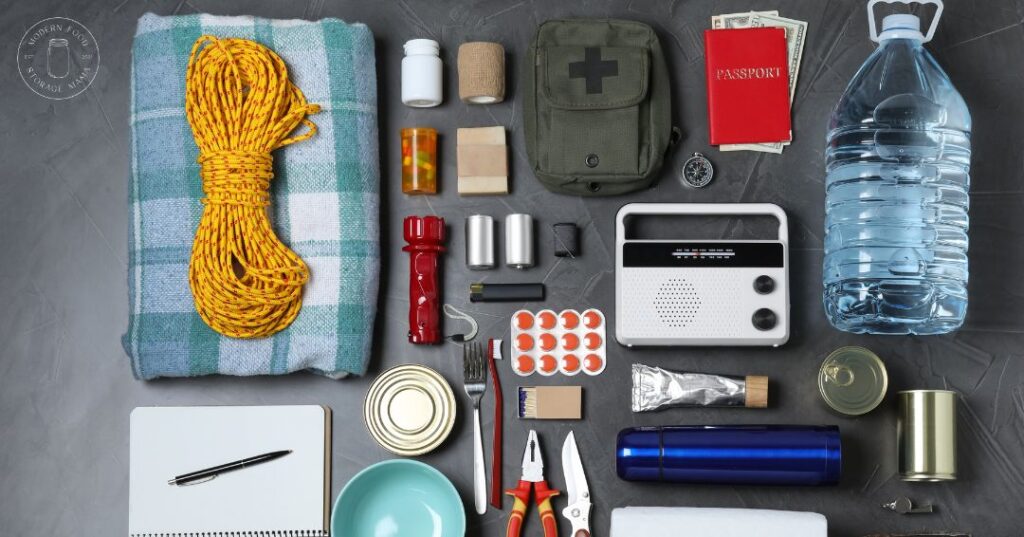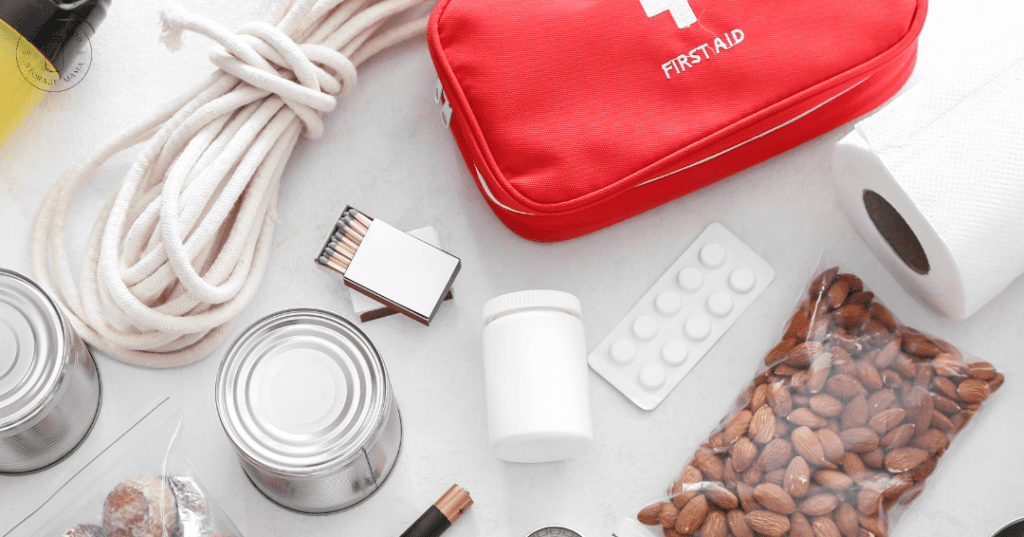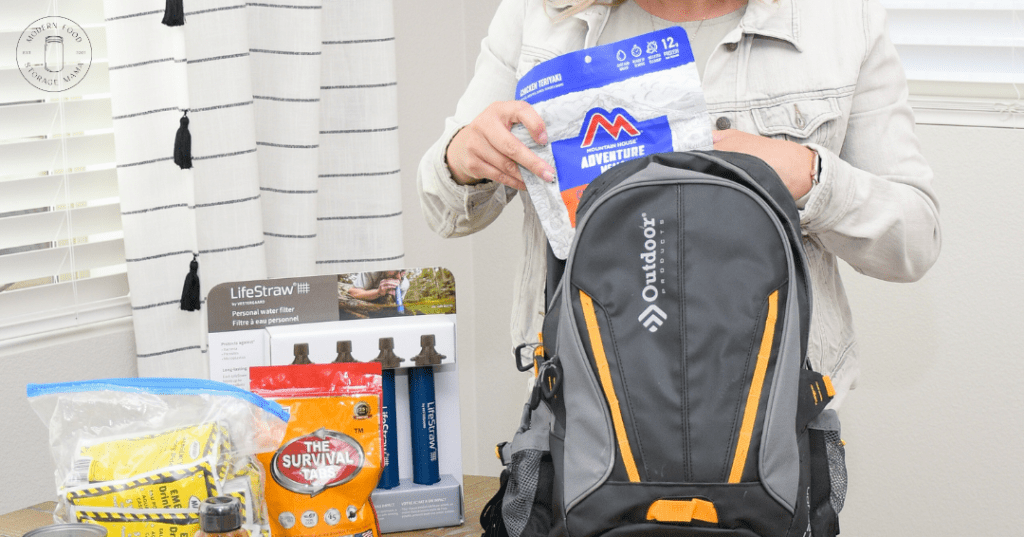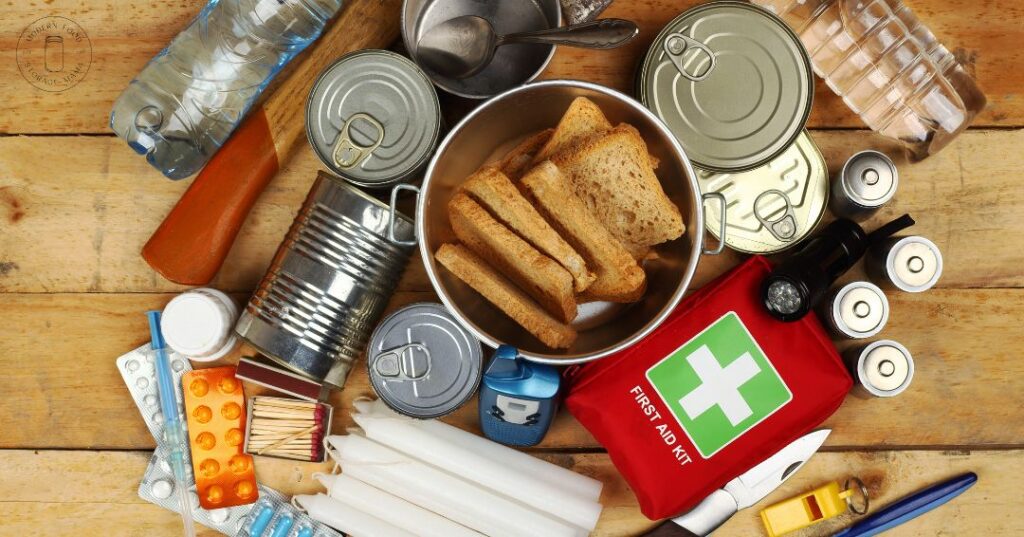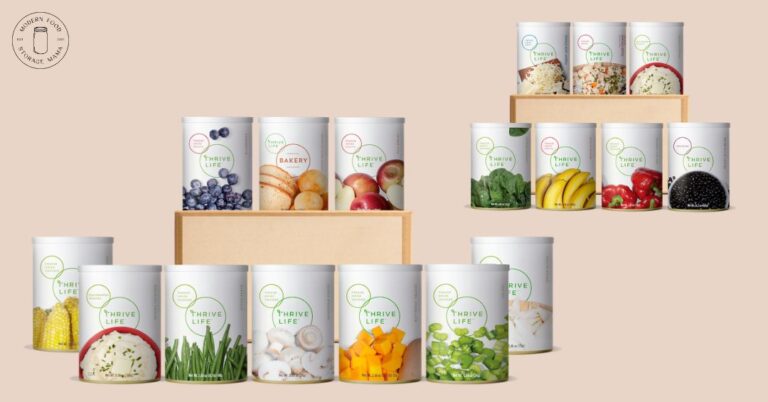*This post includes a free printable to help you with your grocery budgeting!

I am constantly in awe of how expensive groceries are these days. Due to the rising cost of groceries, many people are searching for methods to reduce their grocery costs. By tightening our spending and utilizing simple budgeting strategies, we can all be more frugal and stretch our hard-earned money further.
You will save money on groceries by implementing these five simple budget-saving tips. Small changes in how you utilize your groceries and how often you shop will put more money back in your pocket. Making these changes to your spending habits will take time and patience. With time you will get better at setting and sticking to a realistic grocery budget for you and your family.

Tips to Start Grocery Budgeting:
- Shop from your food supply first. Before going to the grocery store, take a little time to review your food; this is a great way to reduce waste.
- Create a meal plan. Meal planning can feel overwhelming, but it is a game changer when it comes to grocery budgeting. Meal planning will save you time and money.
- Set a monthly grocery budget. To reduce your grocery spending, setting a budget is vital. Determine a realistic monthly grocery spending amount and commit to your budget.
- Shop every other week. You will need to shop less to help you stay within your grocery budget. Try to spread out your shopping trips to every other week.
- Keep track of your spending. To stay within your budget, you must track your spending. Managing your grocery expenses is possible by knowing how much you have spent and how much remains in your budget.
Let’s look deeper at these five simple tips for starting your grocery budgeting!
Steps 1 and 2:
Shop from your food supply first and create a meal plan!
*FYI: The food on your shelves is part of your short-term food storage.

-Take inventory: go through your fridge, freezer, and pantry to see what foods you have. Make a list of what foods you are running low on and what foods you need to use up.
*I have created free food inventory printables for you to use! You can download them HERE.
-Plan your meals: once you know what ingredients you already have, plan your meals around these foods. Get creative and look for ways to use the foods and ingredients you already have.
Planning your meal around your current food supply will help you to rotate through your foods consistently. Remember to eat your leftovers. If you want to save money on your grocery bill, you can’t afford to throw away food.
You can read more about meal planning in this post + you will find a FREE printable meal planning guide linked to that post!
Step 3: Set a monthly grocery budget!
Setting and sticking to a budget is critical to your success. Setting a realistic grocery budget based on your family size is essential. For proper health, we need well-balanced and nutritious foods. The cost of groceries will vary depending on where you live. Consider looking at your current spending habits and looking for ways to decrease your spending.
Step 4: Shop every other week!
I know this one will be tough, but if you want to save money on groceries, you must space out your shopping trips! Shopping weekly or even multiple times adds up faster than you might realize. Meal planning in advance will help you to grocery shop less.
Try to do a big grocery shopping trip every two weeks. If you need to grab basics like milk, bread, produce, or a specific ingredient in between grocery shopping trips, try doing a grocery pick-up order. Most stores are offering grocery pick-up these days. You will avoid impulse purchases and overspending by ordering the specific foods you need. If you decide to make a quick grocery run between your big grocery shopping weeks, set a small budget for that particular shopping trip and stick to that amount.
Step 5: Track your spending!

Tracking your spending is essential to staying within your budget. You can track your spending using paper, the notes section on your phone, or a budgeting app.
I have created a free grocery budgeting printable to assist you in tracking your grocery spending; download it HERE.
By tracking your spending, you can identify areas where you might overspend and adjust your budget. Sticking to a monthly grocery budget is possible if you pay close attention to your spending.
FREE GUIDE!
I created a free guide to help you reduce your spending and help you work buying food storage into your current budget. In my free guide, I dive deeper into some strategies for saving money on groceries, reducing your costs, and tips for spreading out your shopping trips. You can sign up to receive this guide here on my site.
Let’s Chat!
I love when I get to hear back from you. I would love to chat with you. If you have any questions or resources you are looking for, please contact me.
You can find me on Instagram @foodstoragemama. On the gram, I share simple recipes, grocery budgeting tips, ideas for stockpiling your food storage, and more.
You can also follow along on the Modern Food Storage Mama Facebook page!
I am so happy to have you here on modernfoodstoragemama.com.
XOXO,
Brittany




